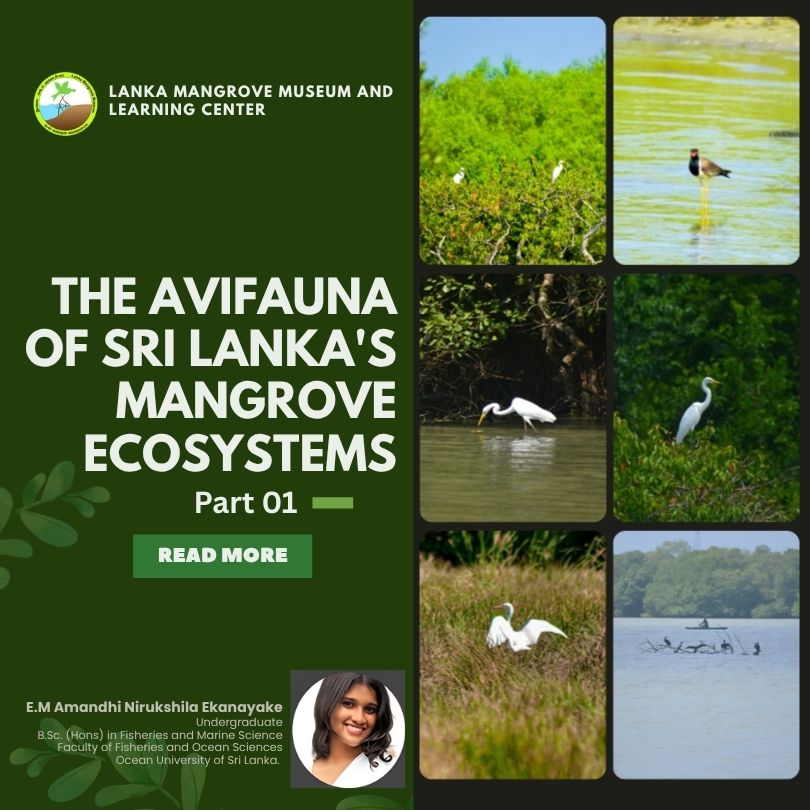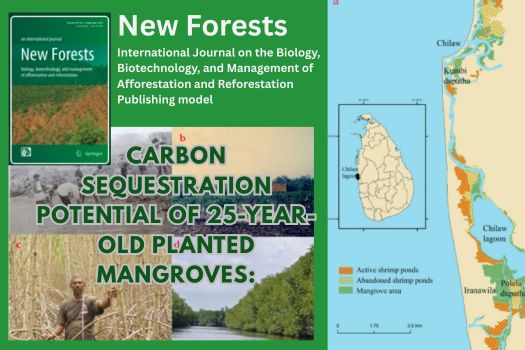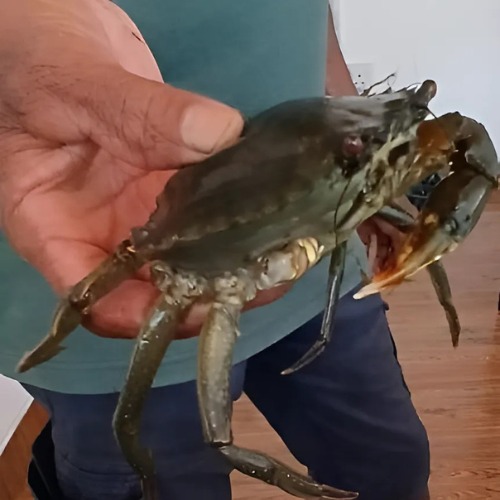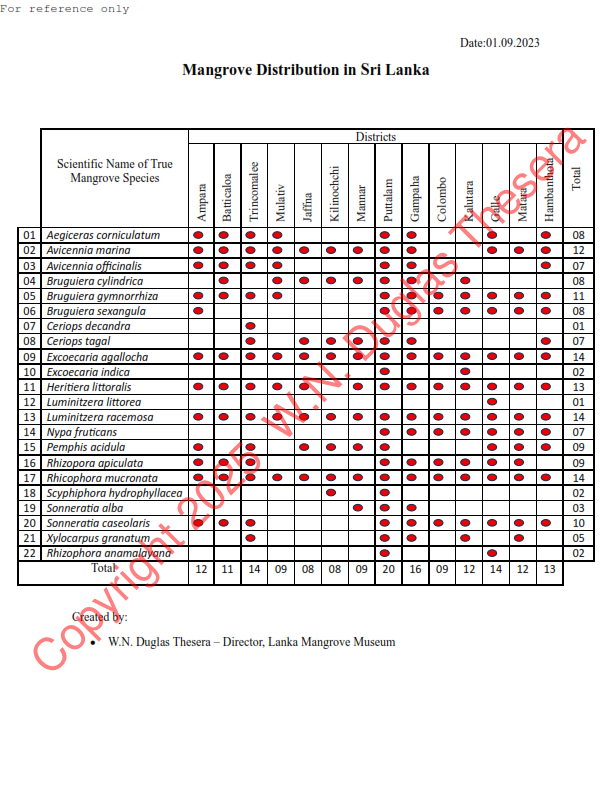Giant Mud Crab- Scylla Serrata
The larvae develop in the marine environment until they reach the juvenile stage, at which
point these juvenile crabs migrate from the ocean to mangroves, brackish waters, estuarine
regions, or lagoon areas. Subsequently, these juvenile crabs mature into adult crabs within
the mangroves, brackish waters, estuarine regions, or lagoon areas. Intertidal mangrove
forests are essential as they provide food, shelter, nursery habitats, and refuge for juvenile
S. serrata. The intricate root systems, such as the prop roots of Rhizophora sp. species,
create hiding spots for these juvenile crabs, protecting them from predators. The mangrove
environment offers safety during their molting phase, a time when crabs are particularly
vulnerable, and it maintains stable conditions—such as reduced water turbulence,
consistent water temperatures shielded by mangrove trees, and suitable salinity levels—
that are conducive to their growth.










